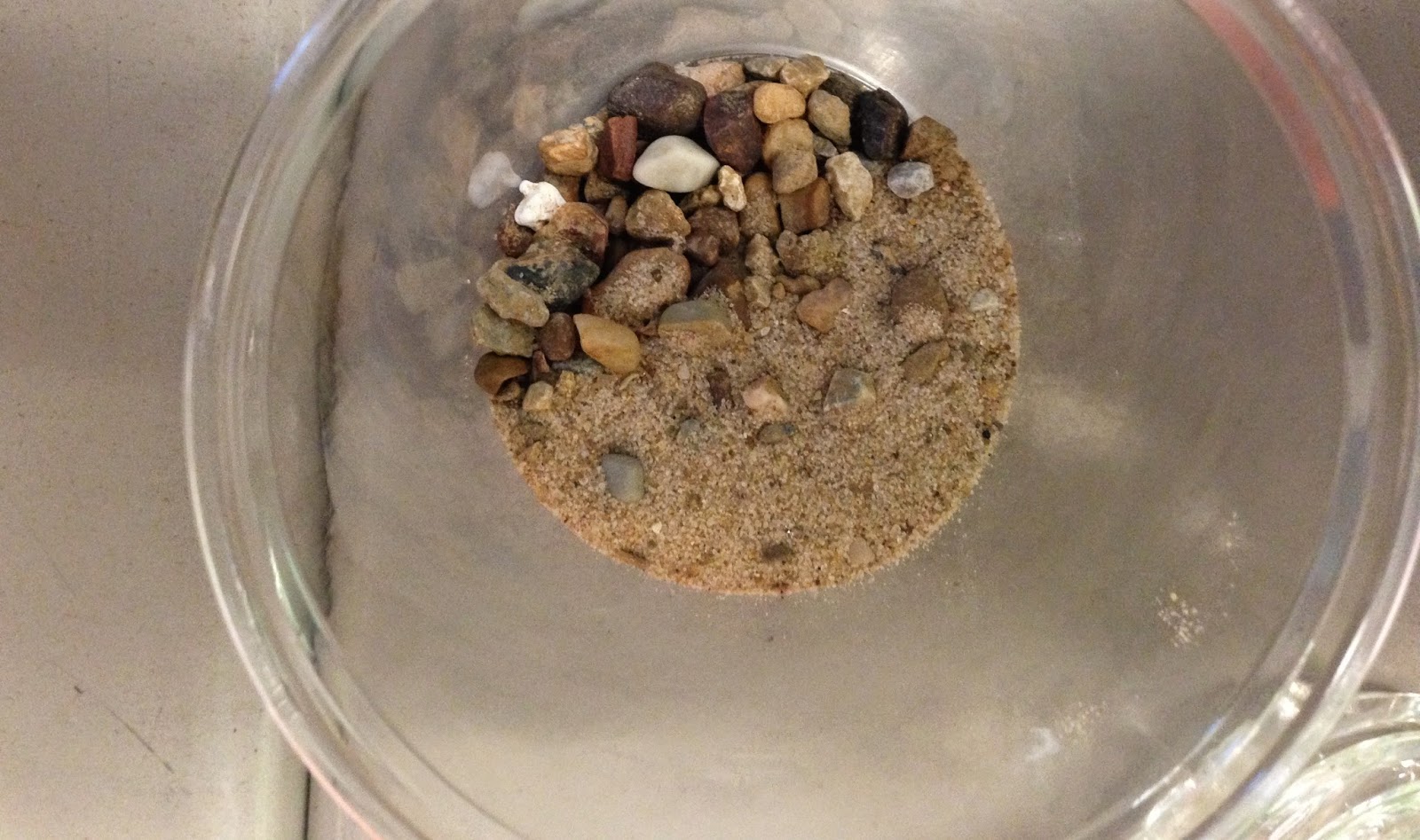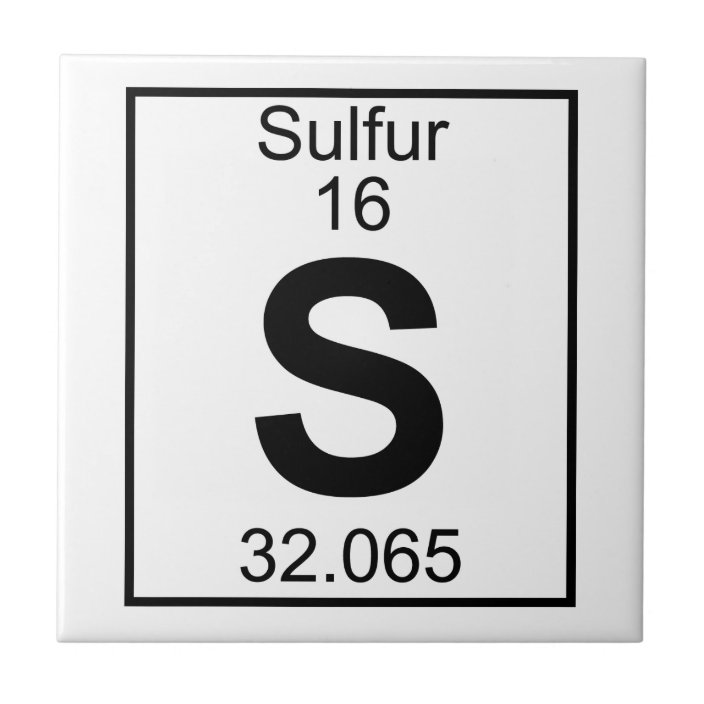Atoms are the smallest unit of what?
Matter
A pH of neutral is what number?
7
Define homogeneous mixture.
"looks the same"
"evenly mixed"
"no chunks"
How can you tell a chemical change has taken place?
Something new is made
(different from the starting material)
Name three objects that are part of our solar system.
planets, dwarf planets, meteors, comets, moons
Name the three parts to an atom and their charges.
Proton, positive.
Neutron, neutral.
Electron, negative.
Acids become stronger closer to number...
0
What kind of mixture is this?
Heterogeneous
Give an example of a physical change.
(anything when nothing new is made. a phase change, etc.)
What keeps everything in a solar system together?
The force of gravity from the star.
(90% of the mass)

How many protons are in this element?
16
Bases AND acids become WEAKER closer to number...
7
What is saturation?
The solvent cannot dissolve any more solute.
Name three ways you can increase the speed (rate) of a chemical reaction?
Heat, Smaller container, Catalyst, Break-up chunks
What is a solar system?
A star and anything that orbits it.
What is the name of the number on top?
Atomic Number
Between an acid and a base, which feels slippery to the touch?
Bases
Can a pure substance be a compound molecule?
Yes
(salt = NaCl)
What does the Law of Conservation of Mass state?
Matter cannot be created or destroyed.
What is the name of the group of objects at the very edge of our solar system?
Oort Cloud
Why are elements put into families together?
They have similar properties.
(metals are shiny, non-metals are brittle, metalloids in between)
When an acid and a base are mixed, what two things are produced?
Water and a salt.
What can you do to a mixture that cannot be done to a pure substance?
Separate the parts (the solute and the solvent)
How do you create new compounds/substances with individual atoms?
Can only rearrange them.
What must an object do to its orbit (path) in order to be considered a planet?
Clear it of debris (smaller objects)